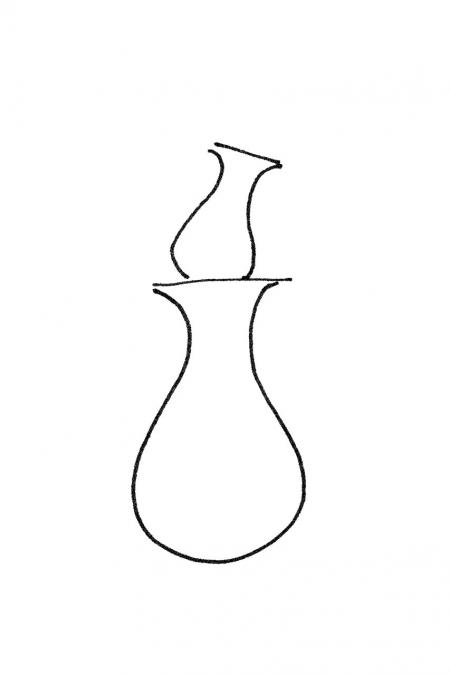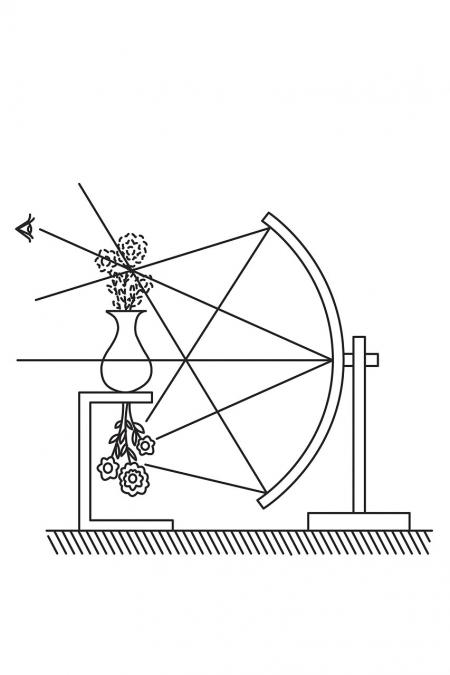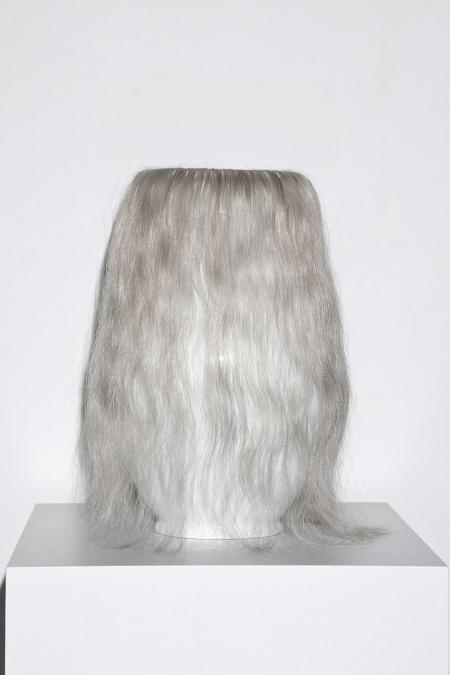Psychology of Design
Remarks on the Psychology of Design
The importance of mental processes for design activity / A conversation with the psycho-analyst August Ruhs / Documentation of the design of a vase lamp
"We think with the objects we love; we love the objects we think with." (Turkle, Sherry: Evocative objects. Things we think with, Cambridge, 2007, p. 5)
The term "design" is used below in the meaning of anticipatory activity, mainly consisting of operations, language and imaginations. Based on the term "disegno", design comprises graphic activities (forming) as "drawing", attributing or interpreting activities (denoting) as "describing" and reflexive activities (conceiving) as "projecting". Most design processes are transformations between these three activities. Design processes can either be to a greater extent intuitive-experimental or to a greater extent logical-purposeful and can assume the quality of a "black box". A design process lacking a clear allocation of input and output is described as a "black box". It is often difficult to record a design process in words, symbols or drawings. Psychological research of design processes in architecture, graphic art, industrial design or engineering seeks to describe cognitive processes during the design process and to disclose the secret of this "black box" to be able to obtain epistemological and psychological concepts helpful to designers. In contrast, psychological research of processes of consumption seeks to meet the needs of consumers with new products.
This paper was written for the design group bkm to shed light on psychological and psychoanalytic aspects of design processes in connection with a design process and the design method of bkm. The following "Remarks on the Psychology of Design" consist of three parts:
- In the first part literature research referring to an examination of psychological and psycho-analytic aspects of design processes is conducted.
- In the second part an interview with the psycho-analyst August Ruhs evaluating and discussing questions included in the first part is conducted.
- In the third part a documentation in notes and diagrams of the design of a vase lamp by the design group bkm is conducted.
All three parts address psychological and psycho-analytic aspects of the design process using different instruments in each case. Three views of the same phenomenon emerge. The paper contributes to the field of "design studies" by picking up interdisciplinary approaches and looking at artefacts, operations and processes mainly from the point of view of design, creation and production.
The following items serve as first considerations referring to psychological and psycho-analytic aspects of design processes:
- Design processes can benefit from psychological and psycho-analytic methods and procedures.
- Design processes are often based on implicit knowledge and are therefore difficult to describe.
- Design processes include working with mental processes referring to needs.
- Designers can design themselves in an imaginary and symbolic manner taking aim at an object and can constitute themselves afresh as subjects.
- Designers enter a dialogical situation during design processes which can assume therapeutic quality.
- Designers divest their manpower and mental energies in a specific manner culminating in rigorous self-reification in "author-design".
- Designers conduct a "psycho-analysis of objects" by regarding objects as human players.
- Designers often work with use-values and exchange-values on an imaginary level.
- Objects of design are increasingly conceived on the basis of psychological and psycho-analytic knowledge.
- Objects of design bring about projections and object-cathexes of consumers which can be predetermined by design.
Extract from "Remarks on the Psychology of Design" by Gert Hasenhütl
Publisher
bkm design working group, Vienna 2012
Financed by bmukk, MA7
The publication is available at:
info@bkm-format.com







